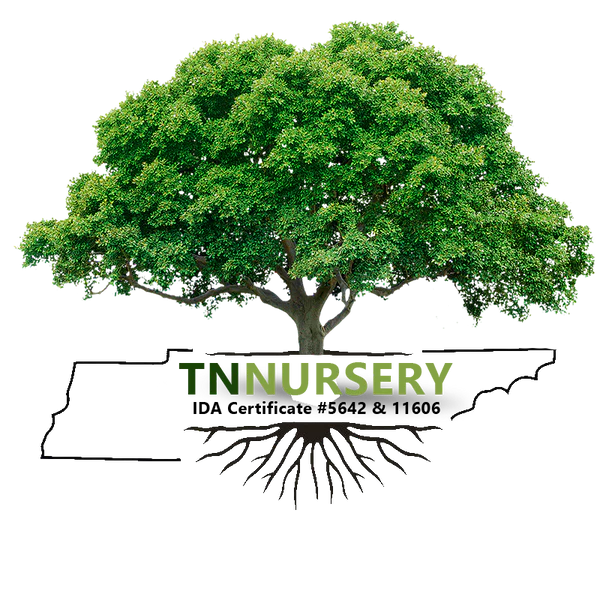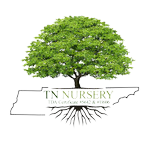Splashy media headlines routinely point to wide-reaching practices that negatively impact the environment. But far less coverage goes toward foundational issues that do not necessarily drive online click-throughs. One of the salient issues of our time revolves around the crushing decline in American bee populations. Without millions of bees to cross-pollinate flowers, berry shrubs, fruit trees, and crops, progress with renewable energy sources will be for naught.
Every living thing requires pollinators such as bees to ensure plant-based food sources continue. Although shouldering the burden of keeping bee colonies afloat may seem onerous, residential and commercial property owners can do a great deal to help with little effort. As this and other TN Nursery reviews point out, property owners can save money, improve property values, and enhance their quality of life while throwing bees a lifeline.
How Serious Is The Bee Population Decline
Understanding that honeybees reportedly provide upwards of 80 percent of all global pollination is essential. One beehive can pollinate approximately 300 million flowers, fruit trees, and vegetable plants daily. And about 70 percent of the top 100 plant-based food sources consumed by humans require pollination.
According to sources such as the U.S. National Agricultural Statistics, honey beehives dropped from approximately 6 million in 1947 to only 2.4 million by 2008. That 60-percent reduction has been exacerbated by what National Geographic calls “colony collapse disorder” over the last 15 years. Suburban sprawl, increased use of pesticides, frigid winters, and fewer flowering perennials and wildflowers, among others, have devastated vital pollinators.
Some peg the loss of bee populations at 90 percent, and the U.S. Department of Agriculture stated that pollinators stood at a “crossroads.” While solar panels are protecting our fragile environment on one front, property owners help ensure bee populations survive.
What Everyday People Need To Know About Bees
Hives survive by worker bees foraging for nectar from flowering plants, shrubs, and trees. Mature workers leverage strong flight muscles to collect and store nectar in a flexible pouch, sometimes called a “honey stomach.” Others typically gather pollen grains by loading them into sacks on their rear legs. If you’ve ever seen a bee with bulging rear legs, that’s what it carries.
These foragers return to the hive and pass along their cargo to bees, whose job involves storing it in the cells people commonly see in human-crafted structures. Nectar is generally converted into honey, and grain pollen becomes a substance known as “bee bread.” Both types are mixed to create “royal jelly,” which sustains the queen, larvae, drones, and worker bees. The critical takeaway for environmentally responsible landowners is that a beehive relies on us replenishing flowering perennial plants, shrubs, and trees that bloom yearly.
Flowering Perennials & Shrubs That Help Sustain Bee Colonies
Certain varieties of plants repel bees. It can prove problematic when doing your part for a more sustainable planet. Some produce a cologne that acts as a natural insect repellent. Annuals such as marigolds and chrysanthemums rank among the more notorious anti-bee plants commonly used.
On a more positive note, bees are attracted to the same fetching colors everyday people enjoy in perennial gardens. Bright blue, yellow, and purple petals rank among the most alluring to worker bees out gathering nectar. They also gravitate to pleasant fragrances such as those produced by Honeysuckle, Wisteria, and the Butterfly Bush, among others. The following rank among the top nectar-producing assets that enhance residential and commercial landscapes.
Echinacea: Also known as the Purple Coneflower, this lovely perennial plant ranks among the low-maintenance assets that thrive in full or partial sun. Maturing to upwards of three feet, it typically blooms all summer long.
Geranium: Offering pink-purple petals, this perennial blooms from May through July and reaches heights of 12 inches. Sometimes called the “Cranesbill Geranium,” it often thrives in full sun and partial shade.
Hydrangea: With their large flower clusters, Hydrangea shrubs are widely used to form flowering hedges and bloom from mid-summer through fall. They provide abundant nectar for bee populations, ranging from 5 feet tall to a 6-foot spread.
Milkweed: Bees often prefer Milkweed over many other flowering perennials. This asset thrives in full or half sun and blooms during summer.
Rose of Sharon: This plant may be considered a tall shrub or small tree. It reaches heights of up to 9 feet, with a 5-foot spread. Its large flowers can spread as wide as 8 inches and bloom from summer through fall.
Planting flowering perennial plants and shrubs generally adds value to properties while enhancing your peaceful enjoyment. Many require little maintenance and care and prove more cost-effective than annuals and lawns. Along with those benefits, residential and commercial property owners who offer bees a viable food resource are doing a service to sustain the environment.
We hope this and other TN Nursery reviews about sustainable practices prove helpful. We stock a complete inventory if you consider adding perennial plants and flowering shrubs to help bring back the vital bee population. Contact our TN Nursery to place an order or to answer related questions.


